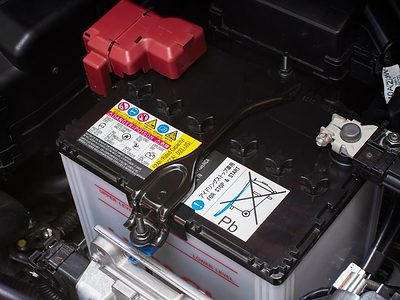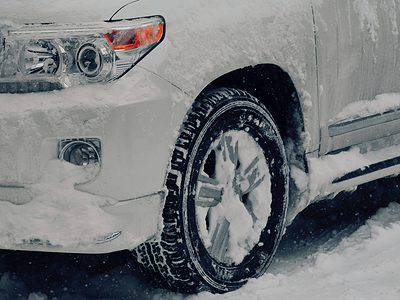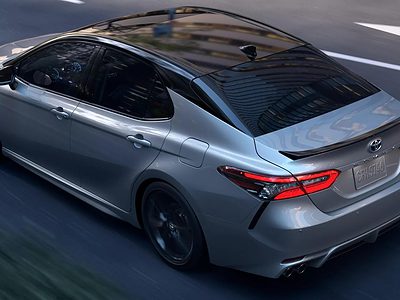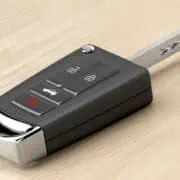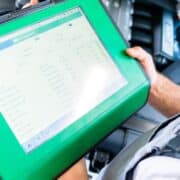
Driving in winter can be challenging—freezing temperatures, slippery roads, and poor visibility are common conditions you may face.
If you don’t take proper precautions, you could lose control of your vehicle and possibly end up in a ditch or worse.
One thing’s for sure; you don’t want that.
Here’s how to drive in snow to arrive at your destination in one piece.
What to Do Before Driving in the Snow
Here’s what you should do before heading out in the snow:
Check Your Car Tires
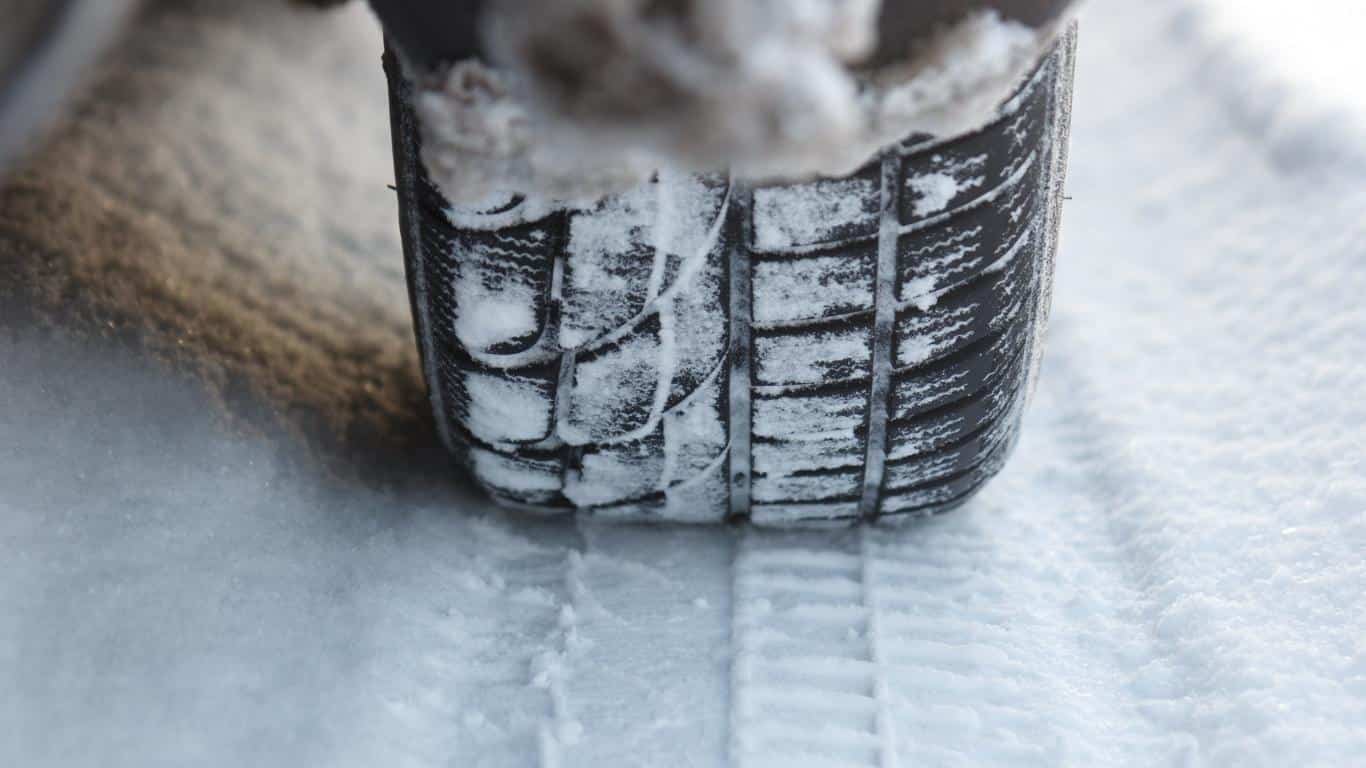
Your first concern should be your tires. Check their tread frequently for wear and tear and replace them if necessary. It is important to note that safe driving in wet and snowy weather conditions is influenced by the tread depth, design pattern, and rubber composition of your tires.
If the tire depth is shallow, driving on wet and snow-covered roads will be difficult because your car’s braking performance will decline. The necessary precaution is to check your car tires regularly, decrease your speed on snowy roads, and if there’s any fault with your tires that’s hard to ignore, change it.
Also, you should check the pressure of your car tires to ensure they are at the recommended level. Correct tire pressure will improve your car’s handling and fuel efficiency.
Even better, fit your car with winter or all-season tires once it starts approaching that time of the year. Winter tires are the preferred option. But either of the two will equip you with a tread pattern that improves traction on snow and ice.
These tires are made from a special rubber compound that stays flexible in the cold.
Study the Route Ahead
Before you set out on any journey, study the route ahead. Check local weather reports and traffic updates of your destination for any potential distress signals on the way. Also, plan your route to favor major roads—as they’re likely to have been cleared of snow.
Remove Snow From Any Part of Your Car
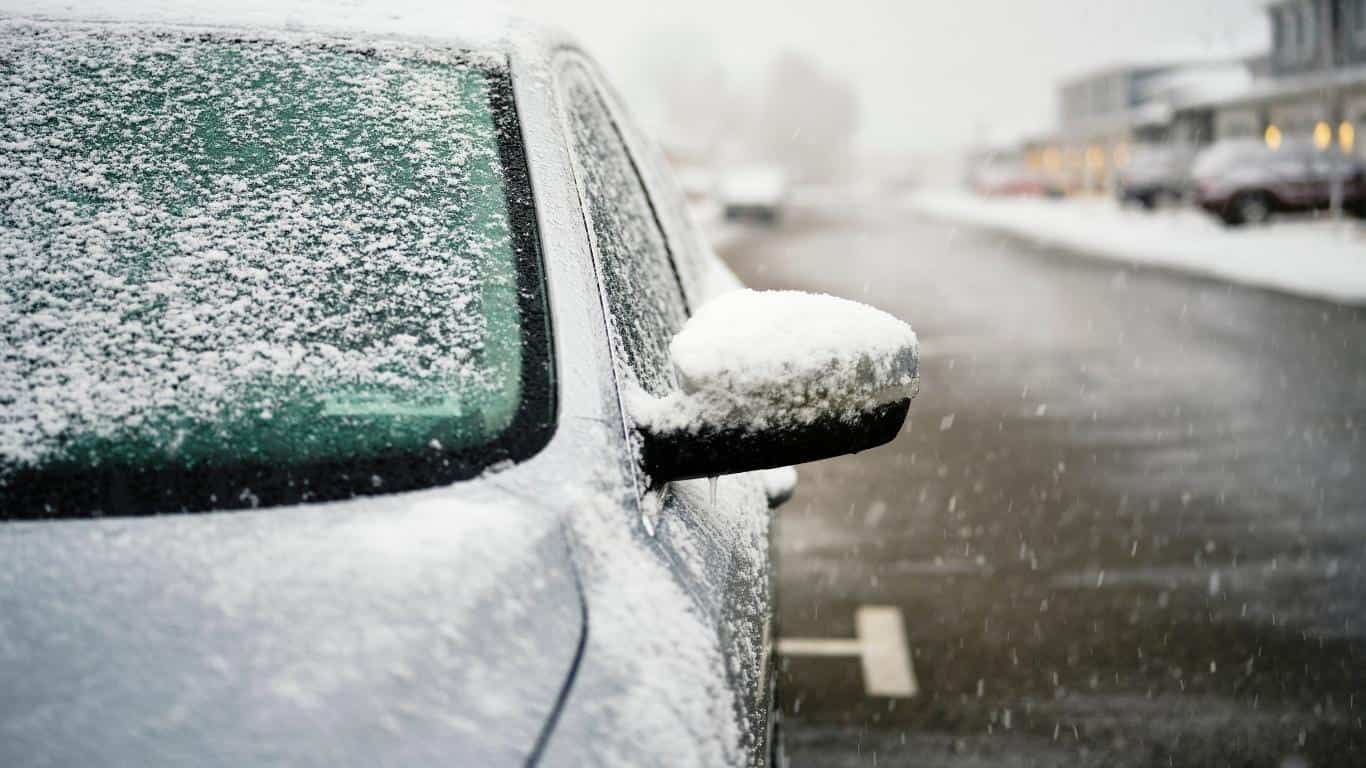
Check any parts of your car that are likely to accumulate snow—windows, rear mirrors, lights, roof, etc.—and get rid of it. Driving with snow on your car could be hazardous if swirls of it fall off and block your vision or that of other drivers. You could also be violating the laws of your area.
Use Antifreeze on Your Car Glass
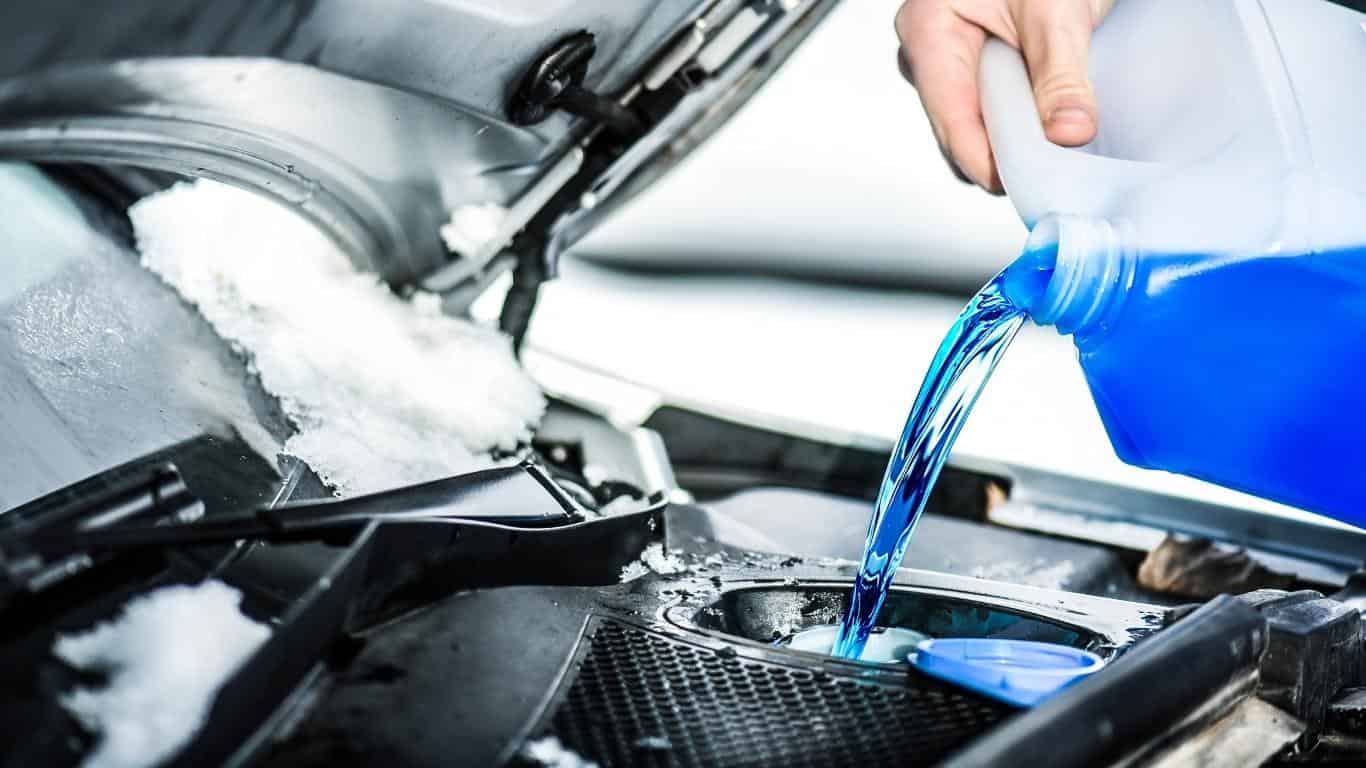
Ensure your windscreen washer bottle is filled with a strong antifreeze solution to prevent it from freezing on the glass. You’ll also need to demist the inside of the windscreen, as your car windows should not be hazy before embarking on any journey.
Fill Your Fuel Tank

Make sure your fuel tank is filled before embarking on any journey. If your fuel level is low, include a stop at the nearest gas station while planning your route.
Have an Emergency Kit Ready

To prepare for the inevitable, you are advised to prepare an emergency kit containing items like food, drinks, a torch, high-visibility vests, a warning triangle, extra clothing, and a first aid kit. Keep this emergency kit in your trunk.
Wear Comfortable Clothing
Be sure to wear dry, comfortable footwear before getting behind the wheel. Try your best to avoid bringing snow into your car. A puddle will collect on your carpets if it melts, soiling it. And if snow happens to be on your pedals, it might get slippery. You want to avoid such.
How to Drive in Snow: Safety Tips
The following winter-driving rules will significantly improve your safety whenever you drive in the snow:
Drive Very Smoothly
The saying, prevention is better than cure, applies here. The best way to survive a car crash when driving in the snow is to prevent it in the first place.
Shaky movements easily unstick tires, reducing their grip on the slippery road. Handling your steering wheel, accelerator, and brakes gently and with presence of mind is the best way to reduce the risks of an accident.
Every wheel turn, brakes push, and throttle match must be calculated, gentle, and measured. You could pretend there’s a food tray on your lap, and you must drive without turning its contents over.
Heed Your Flashing Lights
You need to understand the importance of one particular small, amber flashing light in your digital dashboard. That indicator is known as the stability-control system.
But what does it do?
The light will blink consistently to alert you if your car tires are slipping on the road when accelerating in a straight line. You should heed this indicator by easing up on your accelerator so your car tires can regain grip.
Also, if you’re making a turn and your car slides away from your intended path, the light will repeatedly blink to warn you of the situation. Again, you’re expected to ease back on your accelerator until you are no more applying any throttle. This will allow your car to recover its grip.
Note
Do not accelerate when turning in a narrow corner on snowy streets. Instead, always ease into your accelerator so that nothing happens suddenly.
Remain Focused on Where You Want to Go
Whenever you feel your car is beginning to skid, always remember to focus your attention on where you want to go, not where the car might be headed at the moment.
Allow your peripheral vision to care for whatever you try to steer clear of.
Take some notes from Formula 1 drivers. They usually point out that “you usually end up where you are looking at.” This is one of the reasons they are so talented at recovering from skids.
Deal With the Skids
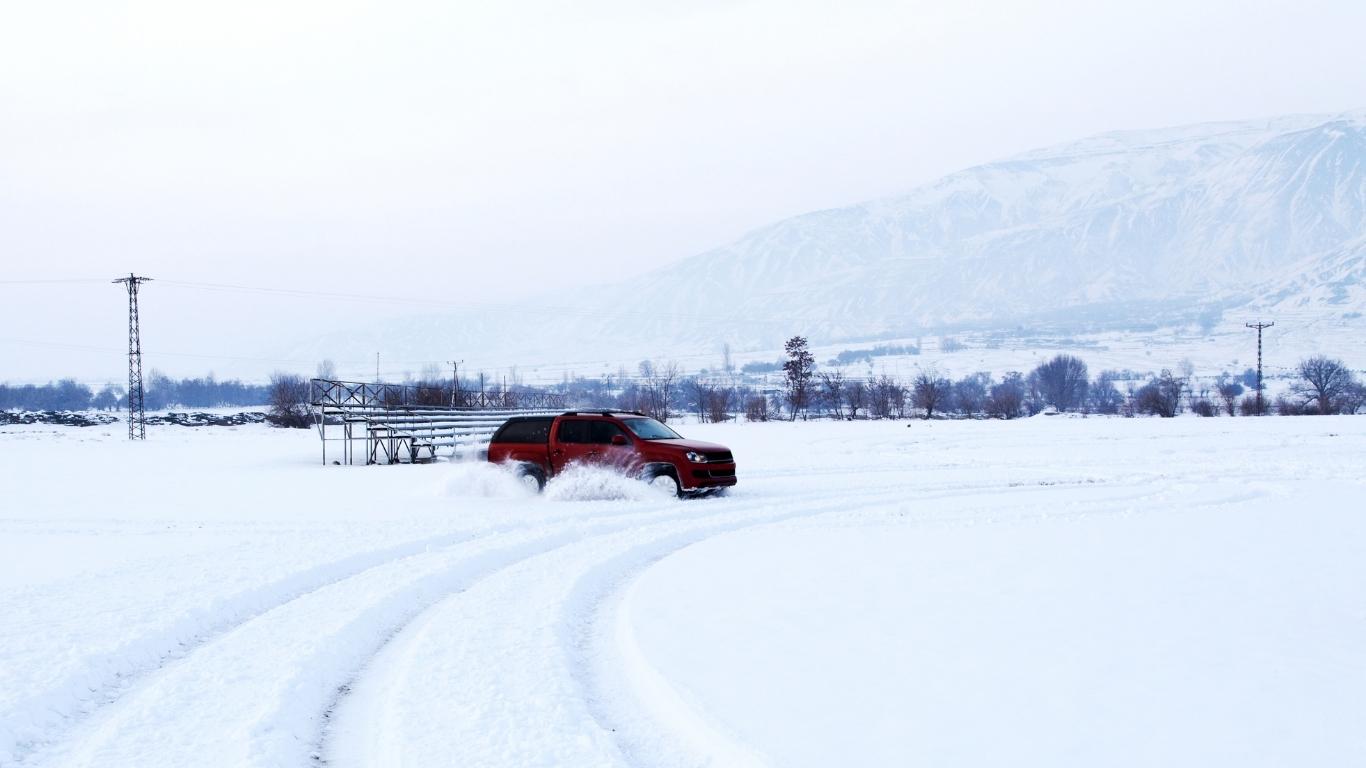
While driving, you may encounter a slick spot, and as your car starts to slide away from your original path, you may feel sick in the stomach. But get ahold of yourself! Skids, whatever the magnitude, can always be managed, and you can fully get your car under your control in a short time.
The first thing you have to do is to stop panicking—and don’t jab the brakes!
Instead, you should do the following:
If the front tires of your car lose grip and your car turns in a wider arc than you expect, you should take your foot off the gas. In a few seconds, your front tires should regain traction. As your traction returns, refocus on where you want to go.
If the rear tires of your car lose grip and your car begins to spin out, turn the steering wheel of your car in the same direction that the rear is sliding immediately. For instance, if the rear is swinging to the right, you should turn the wheel to the right.
As you do so, ease off the accelerator and stay off the brakes. Once the rear wheels regain traction, steer back in the original direction.
Note
After regaining your balance, keep your wheels pointed in the direction you want to go—no matter the type of skid you may experience.
If you think you can recover without hitting any obstacle, mildly use your brakes. But if an impact is impending, don’t be reluctant to hit the brakes as hard as possible, as described in the next point.
Use Your Anti-lock Brakes When Necessary
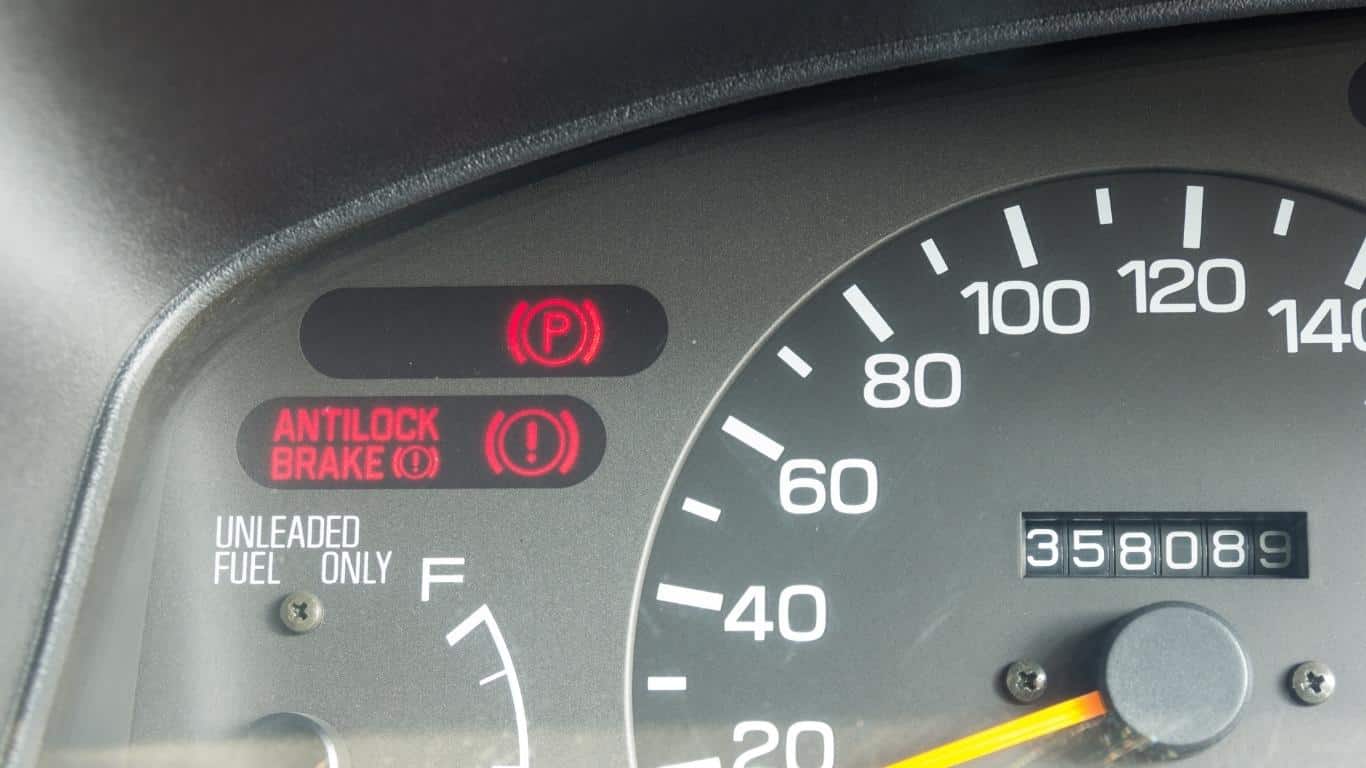
If you are likely to ram into some obstacle and need to stop as fast as possible in snow or ice, you can do so with the aid of the car’s anti-lock brake system (ABS).
All cars made in the last ten years are equipped with anti-lock brakes, which use an onboard computer to fine-tune the car’s braking in extreme conditions.
If your car has the ABS feature, and you are in a skid you can’t recover from, all you need to do is push the brake pedal down hard and don’t relent. The computer will do the rest. It’ll keep each wheel braking as aggressively as possible based on the available traction.
One beautiful thing about the ABS is that you can keep the brake pedal fully pressed down while steering around hurdles.
This can be done because the computer in your car will adjust the braking force at each wheel to allow you to maneuver while concurrently slowing down. So, whenever you are in an emergency, keep steering as you jam your brakes!
Note
No safety system can guarantee you absolute safety. However, anti-lock brakes have undoubtedly saved many drivers from ghastly accidents.
Also, many ABS systems cause the brake pedal to shake when they activate. This is to let you know that they are working. So don’t lift off the brakes when you feel this vibration because it’s perfectly normal.
Read the Road
You must assess the state of the road you’ll be driving on. This should allow you to guesstimate how much traction it’ll provide. Check the road’s surface, the amount of snow spread on it, and its texture.
In general, a shiny road is bad—since that means either ice or water is on it. Shady spots are often misleading, as the dry pavement ahead can lead to a false sense of reliability.
Driving on dry snow is far better than doing the same on a slushy ice splatter. This is because dry snow offers good traction on the tarmac, while slush is the opposite.
Beware of the Four-Wheel Drive System
If your car uses a four-wheel drive system, don’t fall for the false sense of security. Cars with the system direct their power to all four wheels rather than just two, allowing for a splendid, slip-free acceleration, especially from rest.
This can make you believe you have much more traction than you would typically have. Don’t be deceived, though.
The four-wheel drive system does not enhance your vehicle’s ability to turn or come to a halt in snowy conditions. So, be alert and expect it to act like any other regular vehicle when you turn your steering wheel or hit your brake pedal.
Safety Tips for Winter Driving
Here are some tips to optimize your car when driving in the winter cold:
- Always test your battery—battery power drops as temperature drops.
- Make sure the cooling system of your car is in order.
- Check your wiper blades and replace them if needed.
- Clean your car’s external camera lens and side view mirrors so you can spot things around you.
- Always try to warm up your car before you drive it.
- Avoid using cruise control while driving.
Navigate Winter Like a Pro
Winter is challenging for both you and your car. The above tips can make driving during the period easier. But there’s more to winter than just driving. What about maintenance? Check out our article on washing your car in winter the right way.

